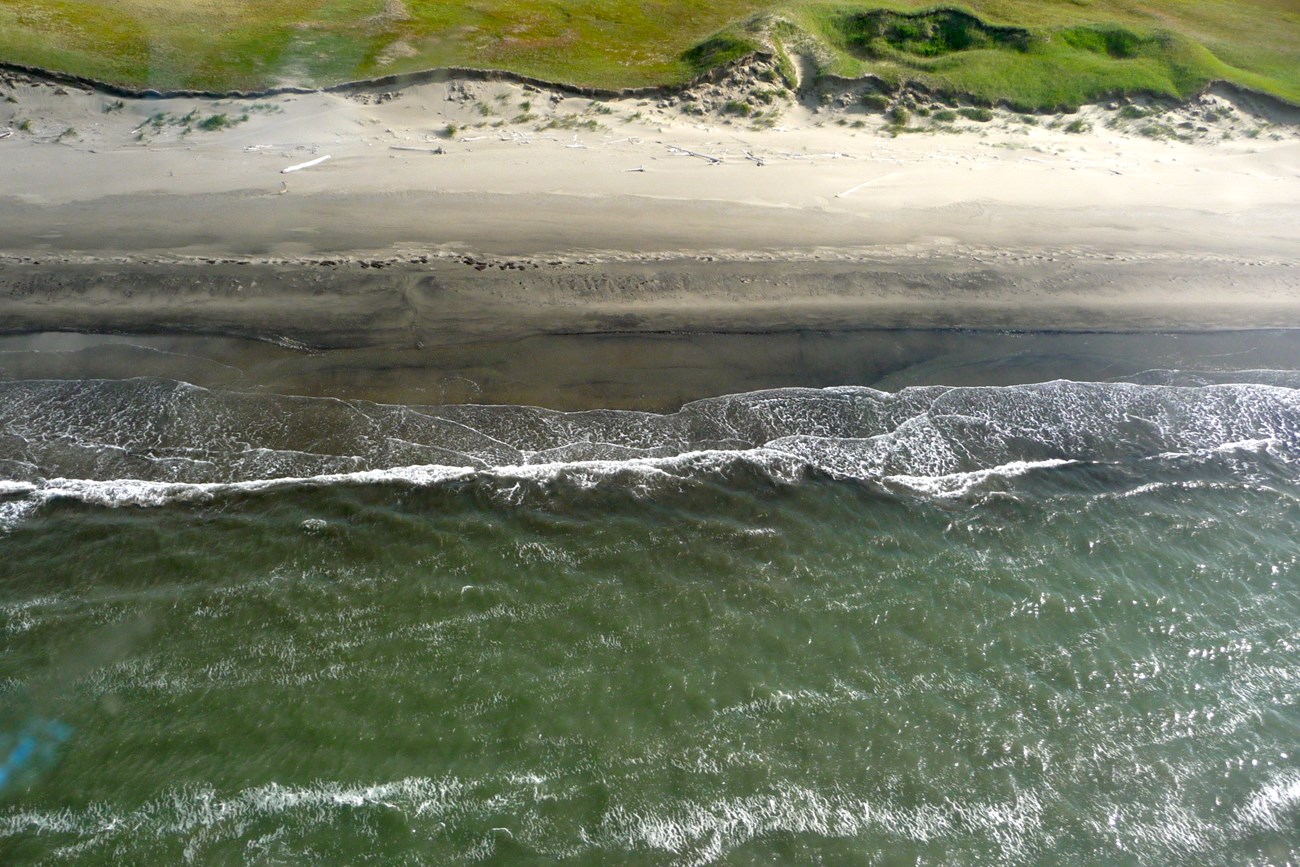
NPS photo
Partner Parks
Collectively, our partner parks comprise more than 3600 miles of Alaska's coastline and more than 32% of the coastline in the entire National Park Service. The Ocean Alaska Science and Learning Center strives to understand and preserve the marine ecosystem connecting Alaska's 11 coastal parks through promoting research and facilitating education efforts. Learn more about the coastal and marine resources in these parks and discover the ways in which all of Alaska's parks are connected.
Explore Alaska's Coastal National Parks

NPS/Benjamin Pister
Key Partner Organizations
-
The Southeast and Southwest Alaska Inventory & Monitoring Networks collect, analyze, and share data on natural resources, their condition, and how they are changing throughout southeast Alaska (four parks) and southwest Alaska (five parks), respectively.
-
The Alaska SeaLife Center generates and shares scientific knowledge to promote understanding and stewardship of Alaska's marine ecosystems. In particular, the center studies causes of declining marine animal populations and environmental change. They share their findings with a wide audience through educational programs and presentations. Learn more about the Alaska SeaLife Center in their most recent annual report.
- Chugach Regional Resources Commission (CRRC) serves seven tribal villages in the Chugach region including Chenega (Caniqaq), Cordova (IiyaaGdaad), Nanwalek, Port Graham (Paluwik), Seward (Qutalleq), Tatitlek (Taatiilaaq), and Valdez.
- Chugachmiut serves the Native Communities of the Chugach Region, they provide a range of services including public safety, lands management, and more.
- Kenai Mountain-Turnagain Arm National Heritage Area promotes a variety of historical and cultural opportunities to inspire learning, preservation, and stewardship.
- The University of Alaska, Fairbanks advances and disseminates knowledge through teaching, research, and public service emphasizing the North and its diverse peoples.
- The U.S. Geological Survey, Biological Resources Division is responsible for promoting access to and sharing biological resource information on our nation's natural resources within the scientific and academic communities and with the general public.
Last updated: September 9, 2024
